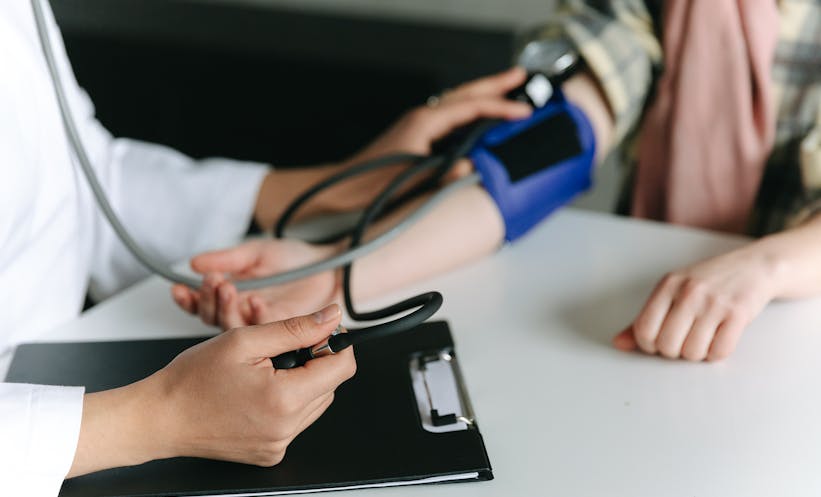THE DIFFERENCE between aortic blood pressure (BP) and brachial BP has been found to impact the diagnosis of hypertension. High BP is the leading cause of global mortality, and its prevalence is only increasing in children and adolescents. Understanding the difference between aortic BP and brachial BP will therefore allow clinicians to better diagnose hypertension in young people.
In a recent study, Alun Hughes, University College London, UK, and team, analysed data from 3,850 individuals from a UK cohort of births in the early 1990s in the Southwest of England. Each participant attended a ~17-year follow-up and had valid measures of their brachial and aortic BP in a clinic (mean age: 17.8 years; 66% female).
Researchers found that aortic systolic BP (SBP) was lower than brachial SBP in both males and females, with brachial SBP -22.3 (-31.2, -13.3) mmHg and -17.8 (-25.5, -10.0) mmHg lower than aortic SBP, respectively. No significant difference was found between aortic and brachial diastolic BP. Based on brachial BP measurements, 101 male individuals (6%) and 22 female individuals (1%) were classified as hypertensive. However, only nine male individuals (<1%) and 14 female individuals (<1%) met the criteria for hypertension based on aortic BP. The predictive value of brachial BP for aortic hypertension was poor (positive-predictive value: 13.8%). Participants with aortic hypertension had a higher left ventricular mass index than those with brachial hypertension.
The team concluded that brachial BP significantly overestimates aortic BP in adolescents as a result of marked aortic-to-brachial pulse pressure amplification. The use of brachial BP measurement may therefore lead to an overdiagnosis of hypertension during screening in adolescence.
Reference
Hughes AD et al. Differences between brachial and aortic blood pressure in adolescence and their implications for diagnosis of hypertension. J Hypertens. 2024;DOI:10.1097/HJH.0000000000003743.








